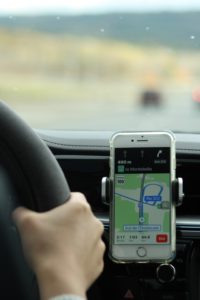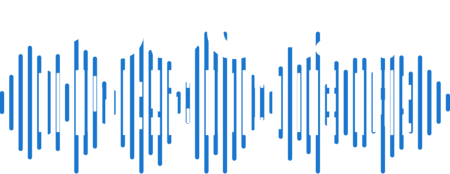 Albert Einstein came to many of his theories by working through what he called “thought experiments.” His thought experiments were something like, “Imagine you are in a train car going close to the speed of light and shined a flashlight in front of you?”.
Albert Einstein came to many of his theories by working through what he called “thought experiments.” His thought experiments were something like, “Imagine you are in a train car going close to the speed of light and shined a flashlight in front of you?”.
Here is a thought experiment that podcasters should consider:
Imagine someone is about to drive to a place they’ve never been to. After entering the address into their GPS, the app says, (for the purposes of this experiment please read this next part as fast as possible):
“Just go down the road, you know, and turn right and then right again, and then go past the main branch of the library and turn left there, but if you don’t turn there you can just go straight and take, you know the second or third right, or is it left. Well, you’ll know you’re there when you see it. Now for a word from our sponsor. Think of Valu Oil Change Mart when you think of an oil change. OK, talk to you soon.”
Now, finally, imagine that those directions are no longer available as soon as they’re announced. Would the driver understand what to do? Even if the person wanted to follow the directions they would have difficulty doing so and would return home early and hate the app that gave them such convoluted directions.
End of thought experiment.
Horrible, right? Actual mapping apps give simple, just-in-time directions with limited extraneous information. This allows the driver to easily focus on the next direction, and people get to their desired location following directions like this.
Some podcasters feel uncomfortable at the end of their show and are overly polite during their calls to action. As in our thought experiment above, being wordy or folksy decreases compliance. Podcasters should plan call-to-actions to be like turn-by-turn directions. By limiting extraneous information and telling listeners directly what to do will boost their motivation. Be simple, be direct. You have some earned authority, you have already provided the listener with valuable information or entertainment. Being so targeted will help the listener know what exactly to do. That will make them more likely to follow directions.
To diversify the calls to action offered, each episode can conclude with a different concise call to action. One show’s request could be to visit the website, another could be to smash ‘like’ on Facebook and yet another could be to send in an email. Regardless of the request, each episode should provide only one action to remember. This will drive people easily to where the podcaster wants them to go, and by doing that engagement is increased and community is built – let’s see a mapping app that can do that!





